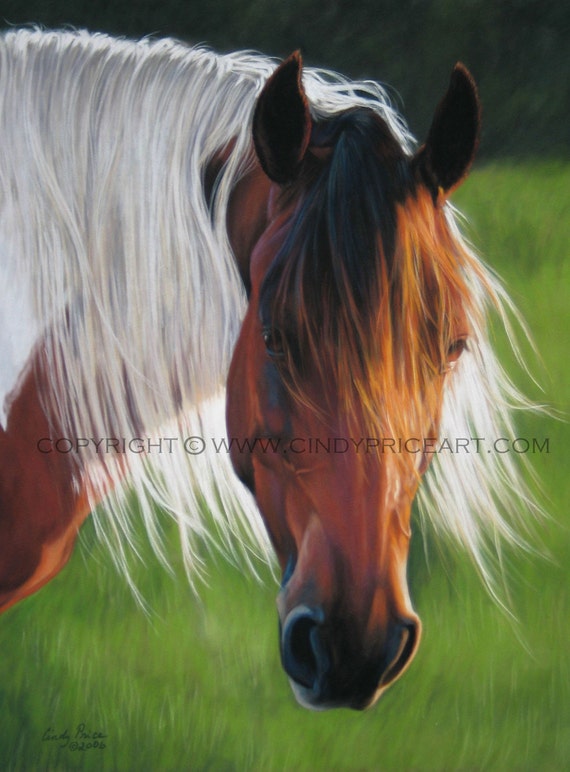
PAINT HORAE PATCH
The sabino’s base coat color isn’t solid, but mixed with white hairs.Ĭertain patterns have their own names, the most famous being a ‘medicine hat’ which is a dark-colored patch on the horse’s head. Patches are of varying sizes, from large areas of the body to small flecks. The legs are white and the face has extensive white markings. Overo includes Sabino – almost all one color, but with some white patches with irregular edges. Three main overo patterns are sabino, frame, and splashed white. The tail and mane are usually a solid colour. The face is mainly white (bald-faced, apron-faced or bonnet-faced). Overo – predominantly dark or white with solid colour over the back, legs are dark with regular stockings. The American Paint Horse’s most common coat colours are black, bay, brown, and chestnut or sorrel with white spots or patches occasionally palomino, buckskin, cremello, perlino, pearl, champagne, roan, grey, or dun are seen. American Paint House Colours and Patterns
PAINT HORAE SKIN
Such traits include blue eyes, pink skin on lips and nostrils, roan spots, and minimal roaning. Although Paints come in a variety of colors with different markings and different underlying genetics, these are grouped into only four defined coat patterns: overo (includes frame, splash and sabino), tobiano and tovero and solid.īreeding Stock Paints can sometimes showcase small color traits, particularly if they carry sabino genetics. Spots can be any shape or size, except leopard complex patterning, (which is more characteristic of the Appaloosa), anywhere on the Paint’s body.

Paints may also carry the gray gene and have spots that eventually fade to white hair, though retaining pigmented skin underneath the areas that were once dark. It’s also possible to find paints that are various shades of roan, or various shades of dun, including grullo.

Horses with spot colors influenced by dilution genes such as palomino, buckskin, cremello, perlino, pearl and champagne are less common. Horses with white spots combined with black, bay, brown, and chestnut or sorrel are the most common. Ancestors of these horses ended up roaming the western plains, and became coveted favourites of the American Indians because of their flashy coats and endurance.Īmerican Paint Stock Horse Association (APSHA) was formed in 1962 to preserve the colour and stock-type conformation of these horses in 1965 the APSHA merged with the American Paint Quarter Horse Association to form the American Paint Horse Association, which is currently one of the largest breed registries in North America, registering about 30,000 horses per year.Įach Paint Horse has a particular combination of white and another color of the equine spectrum. The Spanish term pintado or “pinto” was commonly used to describe a multicolored or dappled horse. In fact, many experts believe explorer Hernando Cortes himself had a particular sorrel-and-white stallion upon which he explored north western Mexico and it’s from this striking horse the modern paint breed might be descended. From that brief description, we can imagine they must have had distinctive spots and two-tone coloring. These spotted war horses were likely mixes of Barb, Andalusian, and Arabian bloodlines.

The American Paint Horse originated in North America after Spanish explorer Hernando Cortes brought 17 horses sporting distinct coat patterns to the New World in the year 1519.


 0 kommentar(er)
0 kommentar(er)
